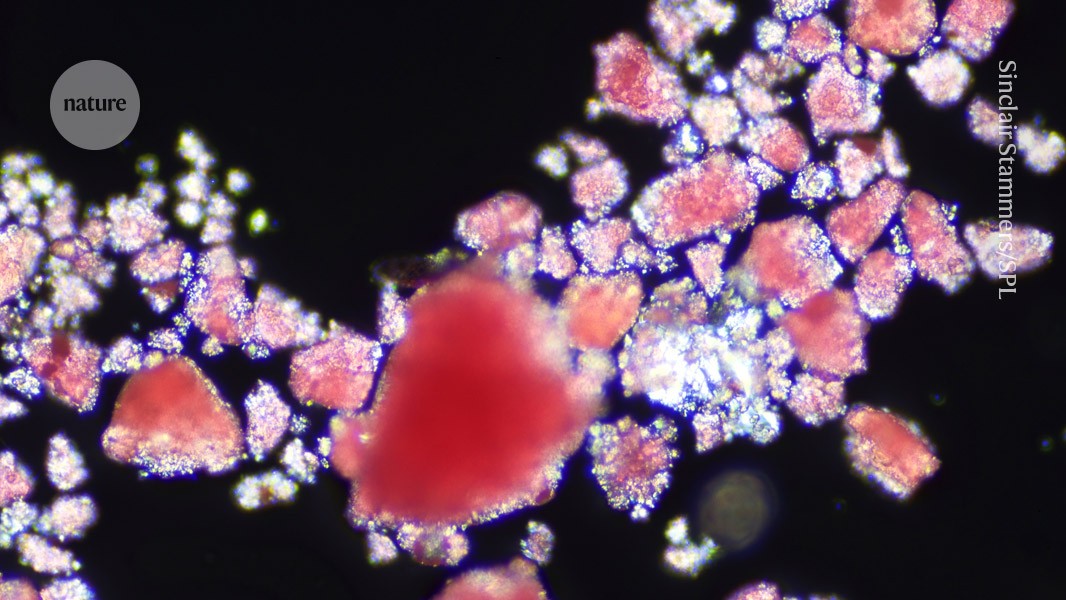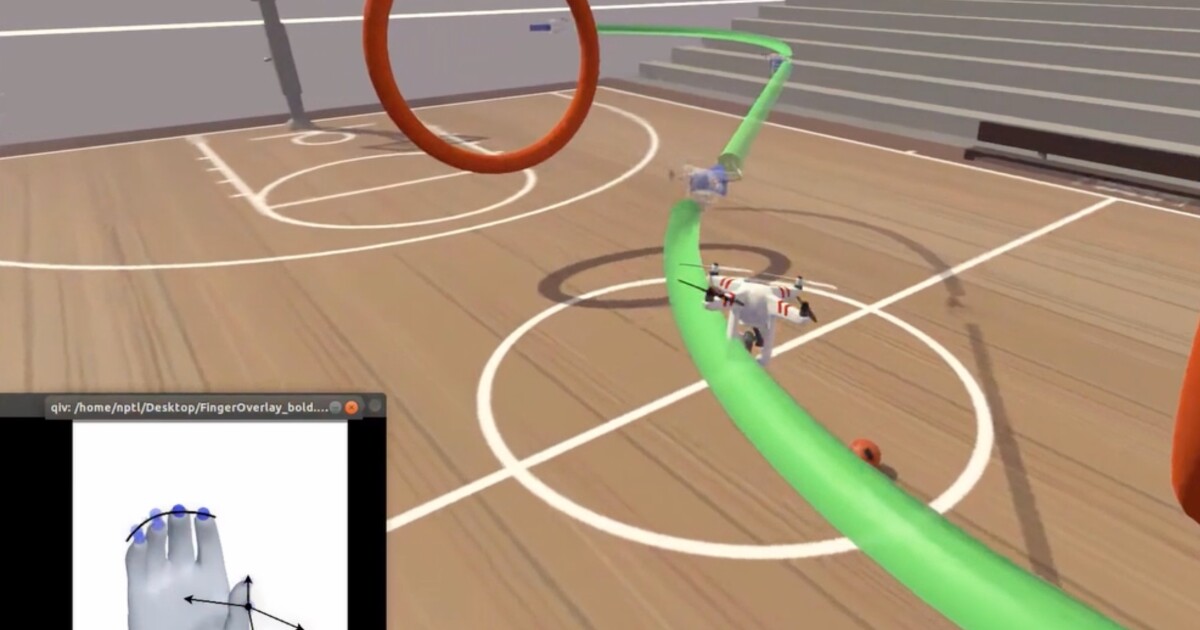Get the latest tech news
TopoNets: High performing vision and language models with brain-like topography
Neurons in the brain are organized such that nearby cells tend to share similar functions. AI models lack this organization, and past efforts to introduce topography have often led to trade-offs between topography and task performance. In this work, we present TopoLoss, a new loss function that promotes spatially organized topographic representations in AI models without significantly sacrificing task performance. TopoLoss is highly adaptable and can be seamlessly integrated into the training of leading model architectures. We validate our method on both vision (ResNet-18, ResNet-50, ViT) and language models (GPT-Neo-125M, NanoGPT), collectively TopoNets. TopoNets are the highest-performing supervised topographic models to date, exhibiting brain-like properties such as localized feature processing, lower dimensionality, and increased efficiency. TopoNets also predict responses in the brain and replicate the key topographic signatures observed in the brain's visual and language cortices. Together, this work establishes a robust and generalizable framework for integrating topography into leading model architectures, advancing the development of high-performing models that more closely emulate the computational strategies of the human brain.
View a PDF of the paper titled TopoNets: High Performing Vision and Language Models with Brain-Like Topography, by Mayukh Deb and 2 other authors In this work, we present TopoLoss, a new loss function that promotes spatially organized topographic representations in AI models without significantly sacrificing task performance. TopoNets are the highest-performing supervised topographic models to date, exhibiting brain-like properties such as localized feature processing, lower dimensionality, and increased efficiency.
Or read this on Hacker News

